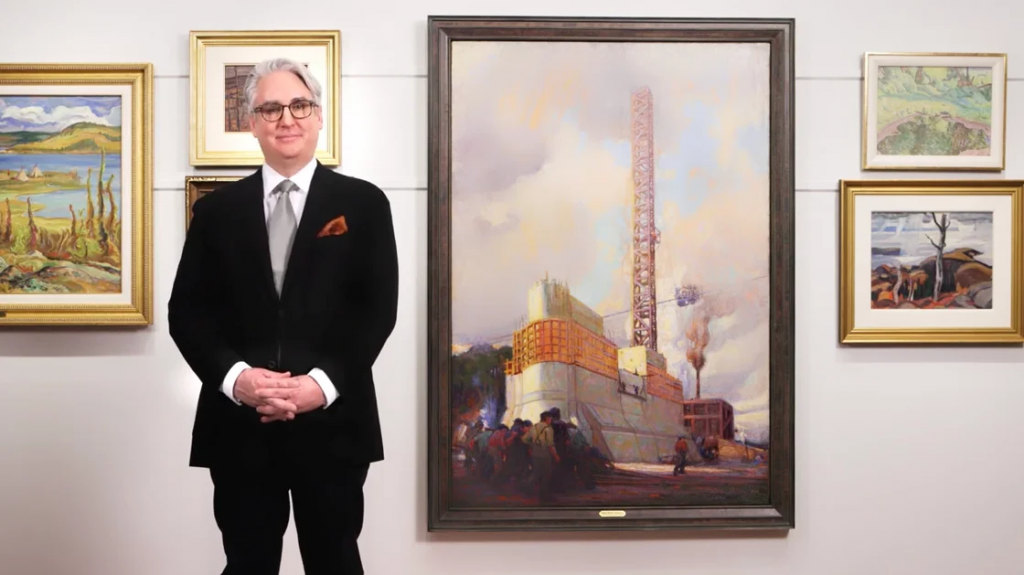
Cowley Abbott’s June Online Auction features a plethora of captivating works, from the bold geometry of Roy Lichtenstein’s Pop Art to the meditative landscapes of Alexander Young Jackson and John William Beatty. These works celebrate the diversity of modern painting and the enduring legacy of artists who continue to shape our visual and cultural heritage.
Old Birch Trees by A.Y. Jackson
Alexander Young Jackson, a founding member of the Group of Seven, was born in Montreal in 1882. His early training in Paris exposed him to European Impressionism, which he later adapted to depict the Canadian landscape. Old Birch Trees is a poignant example of Jackson’s ability to capture the essence of the Canadian wilderness with sensitivity and precision. In this painting, Jackson portrays a cluster of birch trees, their white bark contracting against the surrounding foliage. The composition’s simplicity furthers the emotional depth of the painting, evoking a sense of solitude and reverence for nature.
Beech Woods by John William Beatty
John William Beatty, an English-born Canadian artist, was known for his detailed landscape paintings that often depicted the Ontario countryside. Born in 1869, Beaty’s work often features his meticulous attention to detail and a deep appreciation for the natural environment. Painted in 1927, Beech Woods showcases his ability to capture the tranquility of the Canadian landscape. In this piece, Beatty depicts a serene woodland scene with beech trees standing tall amidst a carpet of fallen leaves. The soft interplay of light filtering through the canopy creates a peaceful ambiance, inviting viewers to pause and reflect and Beatty’s precise brushwork and subtle colour palette enhance the painting’s sense of realism.
White Breaking by Jack Leonard Shadbolt
Jack Leonard Shadbolt, a Canadian painter and printmaker, was born in 1909 in England and immigrated to Canada in 1911. His early exposure to European modernism influenced his development as an artist. White Breaking, painted in 1965, is a powerful example of Shadbolt’s abstract expressionist style. The painting features a stark contrast between white and dark tones, creating a sense of tension within the work. Shadbolt’s use of bold brushstrokes and layered textures conveys energy which is reflected in his interest in the emotional human experience. The title, White Breaking, suggests a moment of rupture of transformation and invites the viewer to stop and think about the Shadbolt’s intended meaning.
Waiting by Max Weber
Max Weber, a pivotal figure in early 20th-century American modernism, was born in Russia to Jewish parents and immigrated to the United States as a child. Trained at the National Academy of Design and influenced by modernism, Weber’s expressive abstraction bridged European influences and American sensibilities. In Waiting (1957), Weber uses both watercolour and gouache to convey a poignant moment of anticipation. The composition’s angular lines and overlapping shapes suggest a fusion of the figure with its environment, playing with the relationship between subject and environment. The work reflects Weber’s interest in the psychology of the human experience and capturing a moment of stillness before action.
Foot Medication Poster (Corlett App. 3) by Roy Lichtenstein
A leading figure in the Pop Art movement, Roy Lichtenstein, was born in New York City in 1923. Initially trained as a commercial artist, Lichtenstein’s work often drew from the visual language of advertising, comic strips, and mass media. His 1963 lithograph, Foot Medication Poster (Corlett App. 3), exemplifies his signature style – bold lines, flat colours, and a satirical take on consumer culture. This piece was created as a promotional poster for an exhibition at Leo Castelli Gallery, featuring works by other prominent artists of the time. The image depicts a hand applying medication to a foot, rendered in Lichtenstein’s Ben-Day dots and graphic precision. The subject matter of a mundane and everyday action elevates the ordinary to the level of high art, challenging traditional notions of what constitutes worthy subject matter.
Perforated Space Divider Screen Maquette by Herbert Bayer
Herbert Bayer, an Austrian-American artist and designer, was a prominent member of the Bauhaus school, known for its integration of art, design, and architecture. Born in 1900 in Austria, Bayer’s work spanned various media, including graphic design, typography, and industrial design. His Perforated Space Divider Screen Maquette is a testament to his innovative approach to spatial design. This maquette represents Bayer’s exploration of modular design principles, aiming to create flexible and functional spaces within architectural environments. The perforated screen design allows for light and air to pass through, showing the dynamic between solid forms and the void-like background. It reflects Bayer’s belief in the functional integration of art and design, where aesthetics serve both form and purpose.



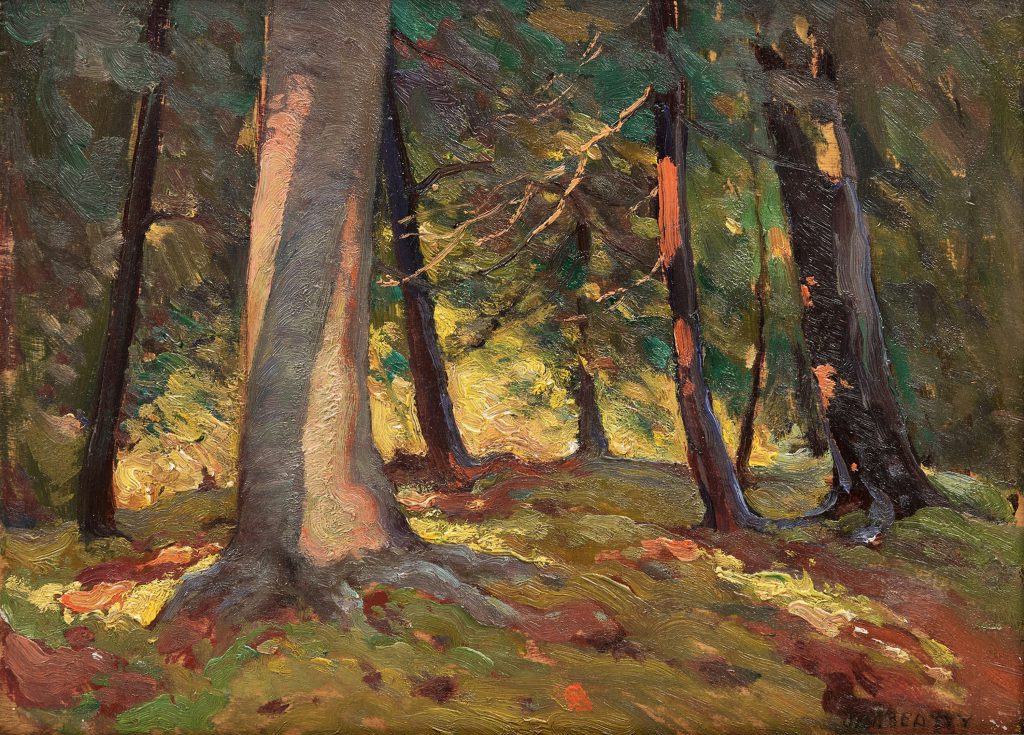

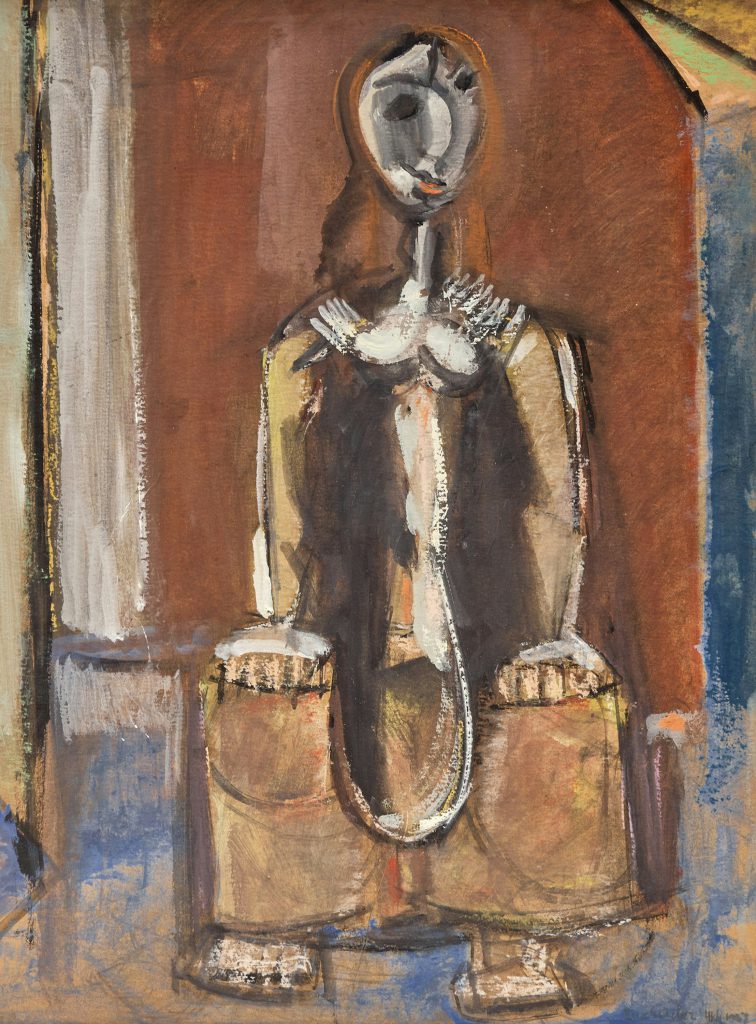

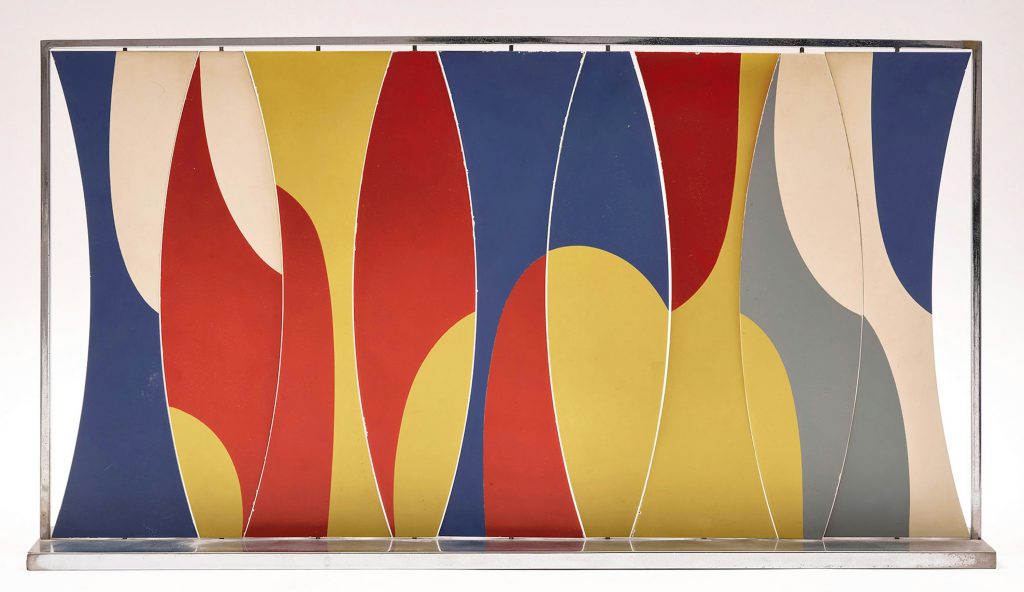
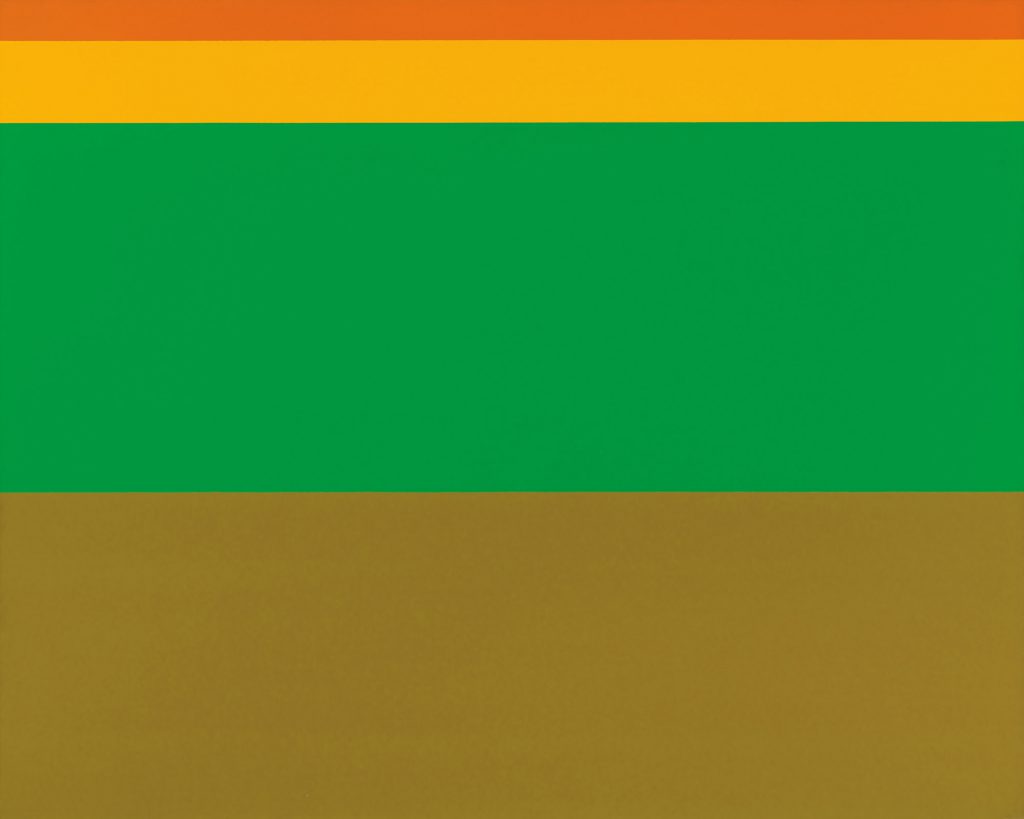
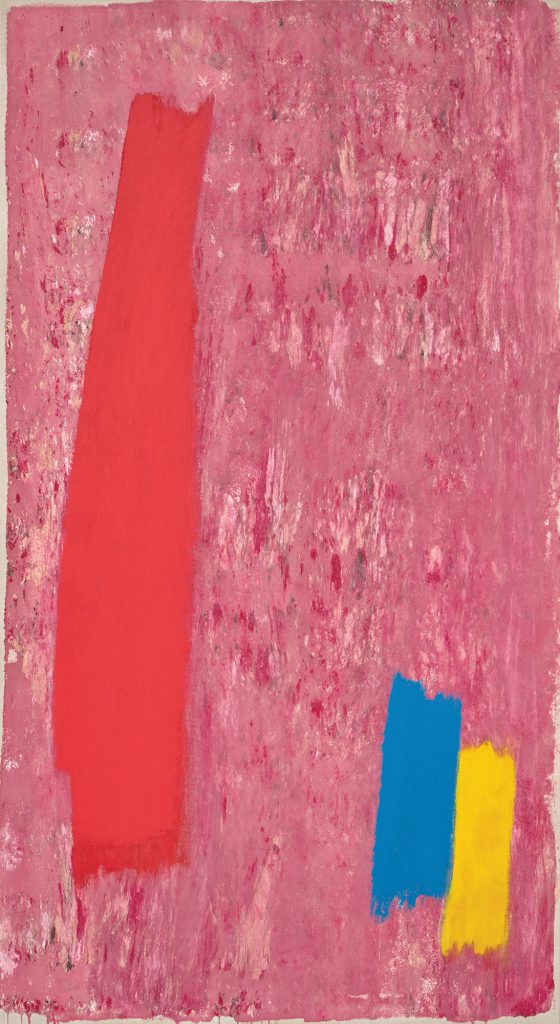
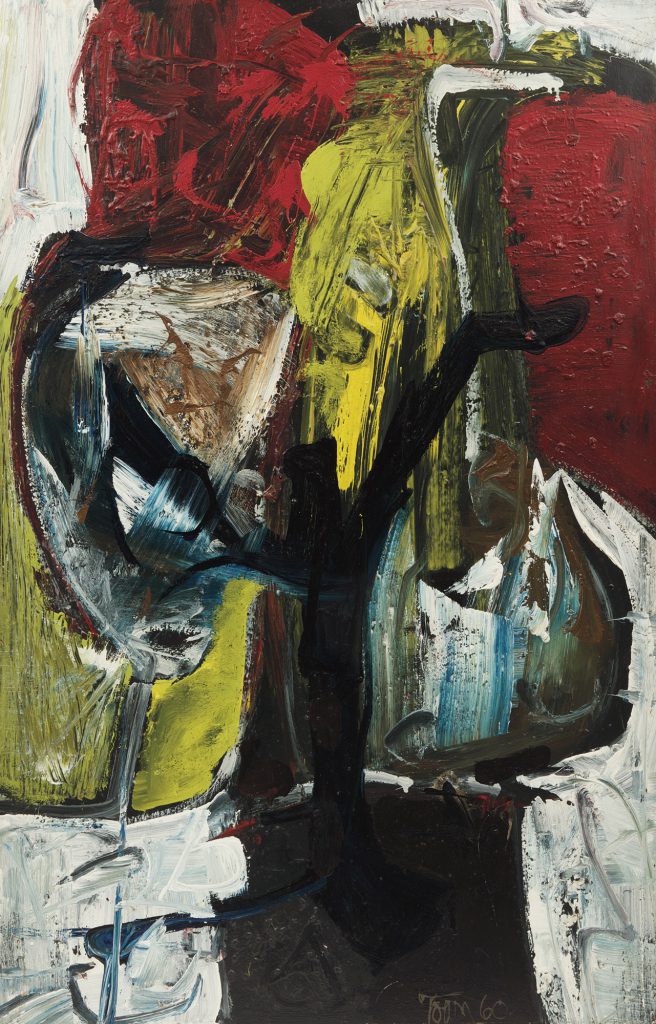
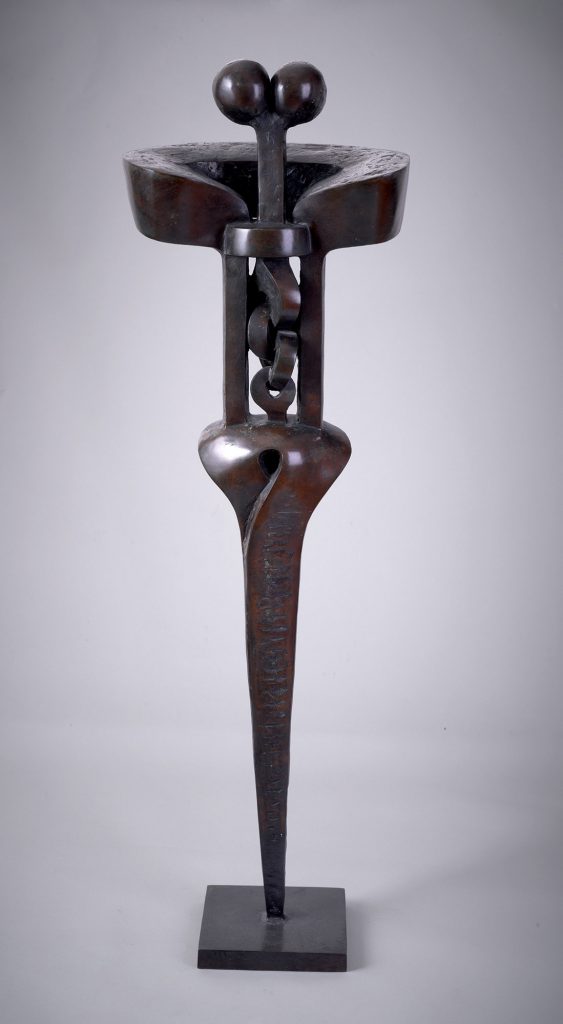




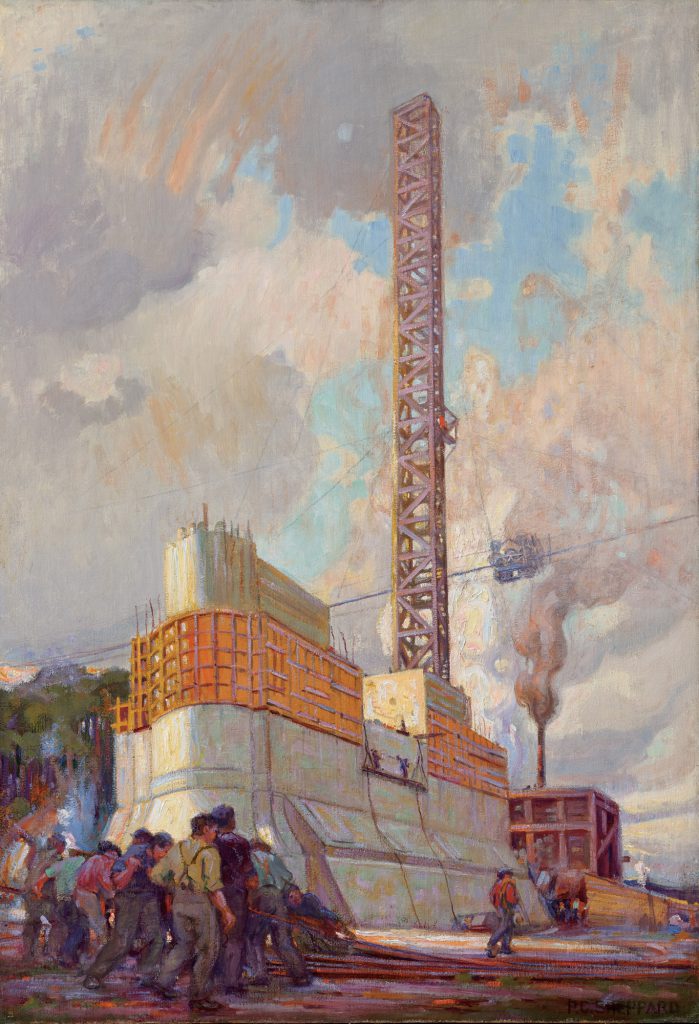
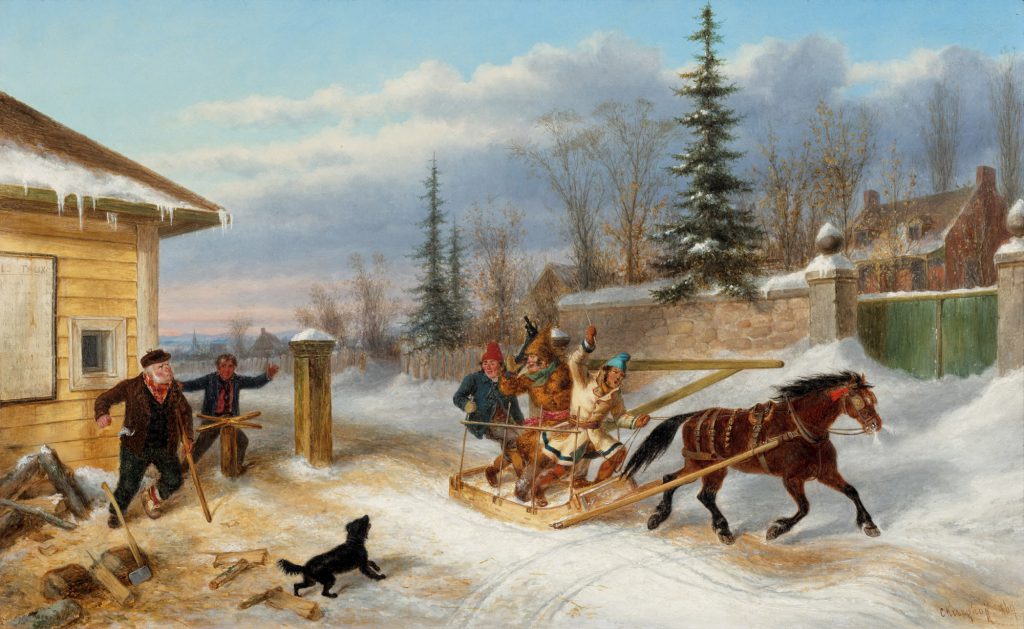
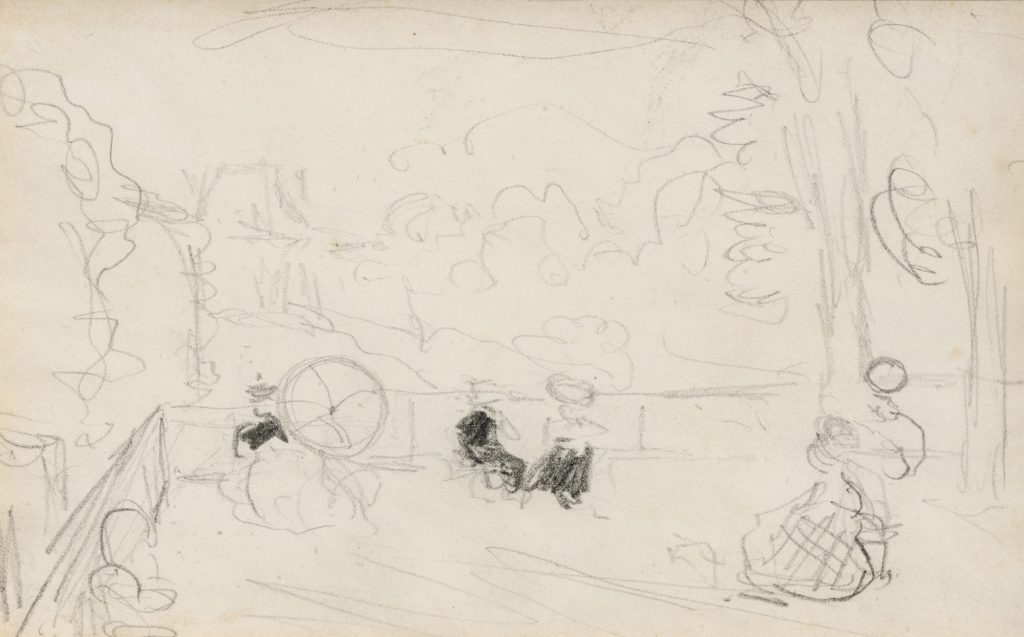

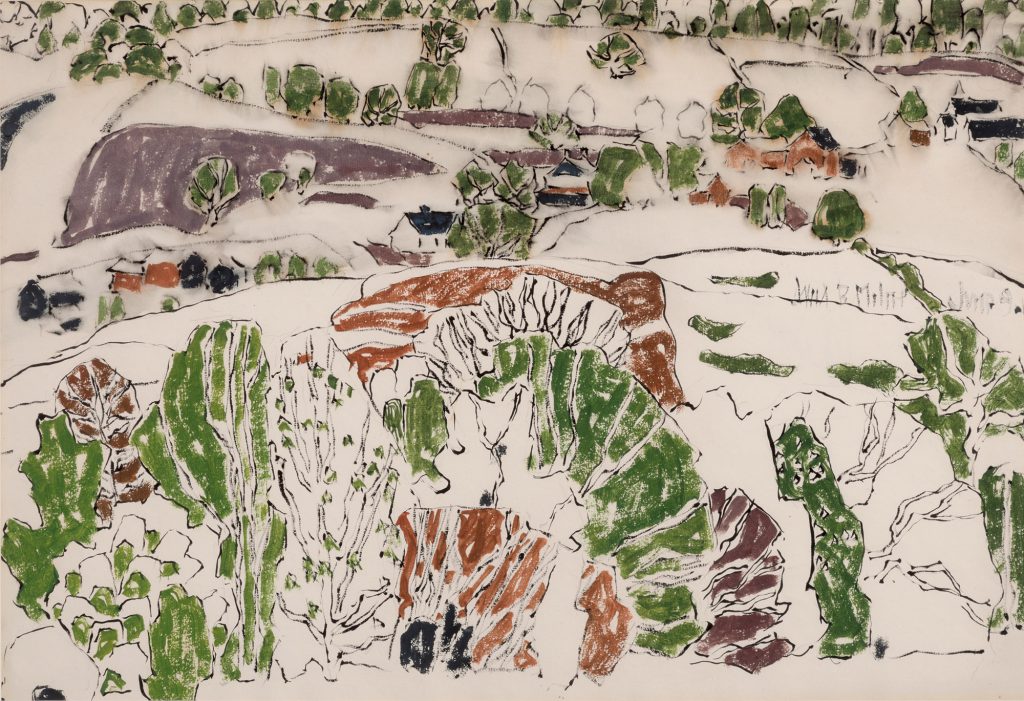
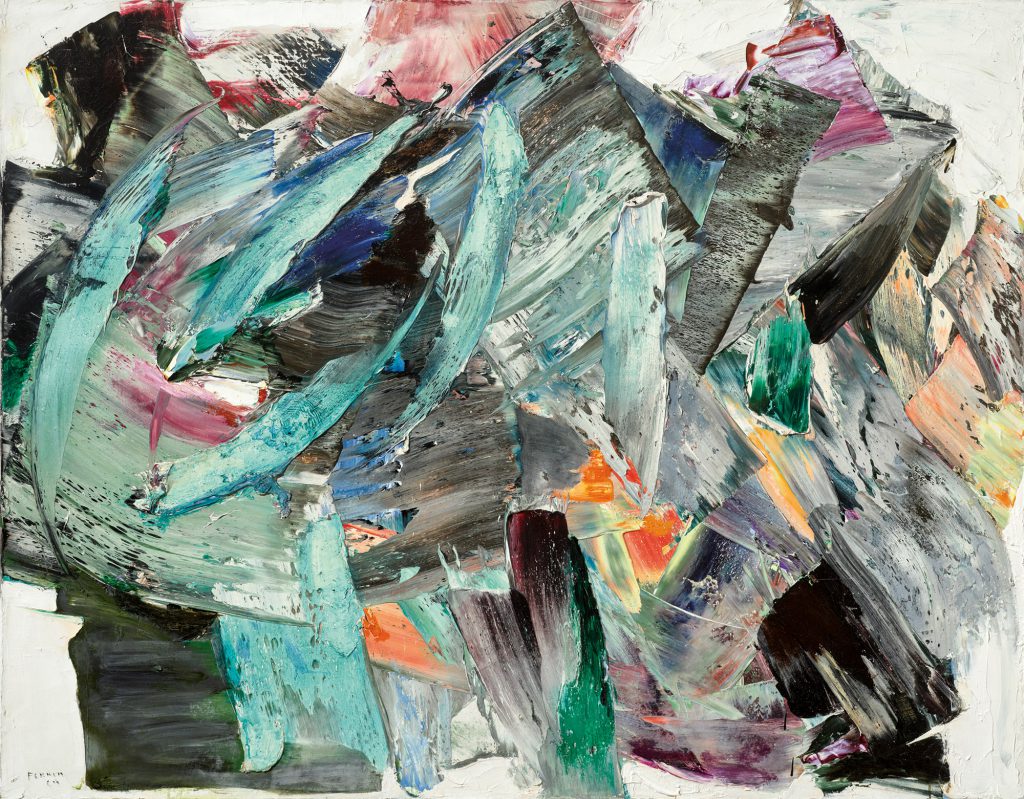
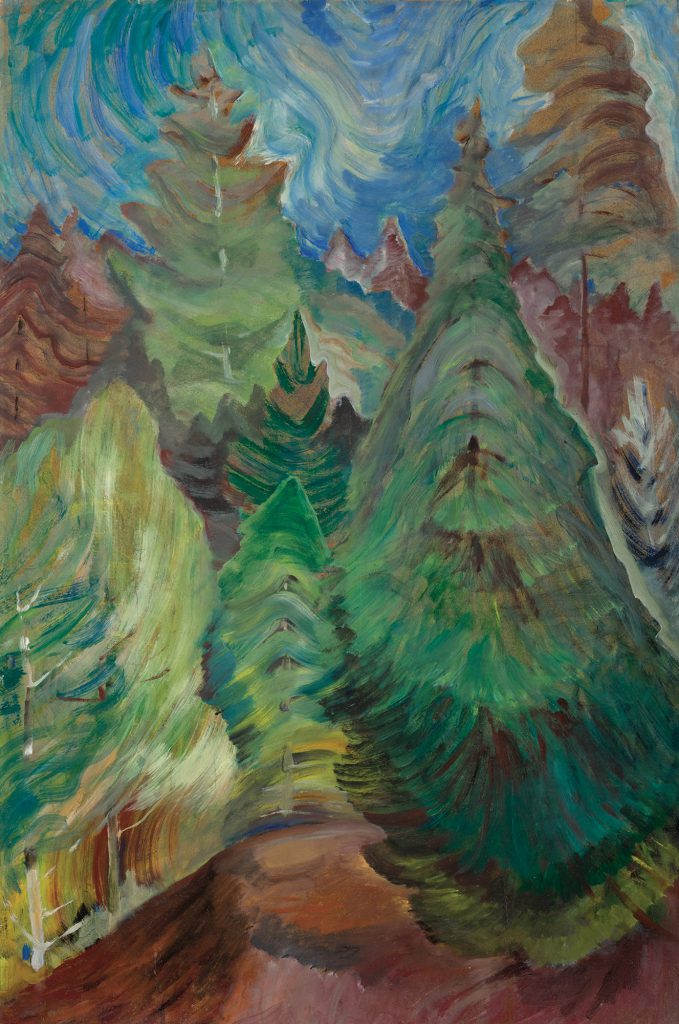
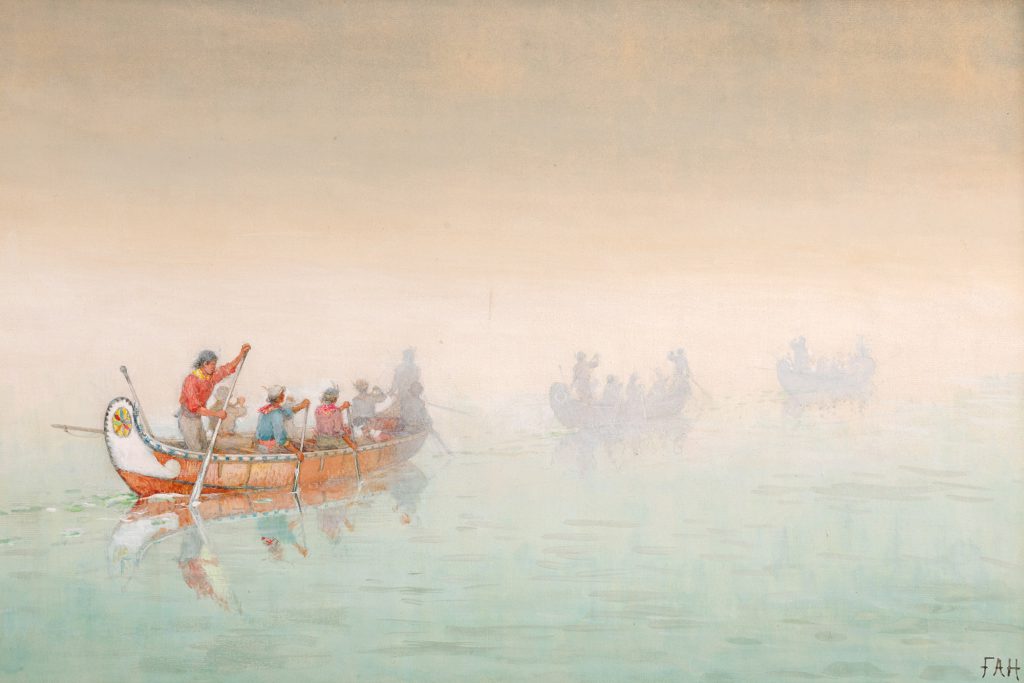
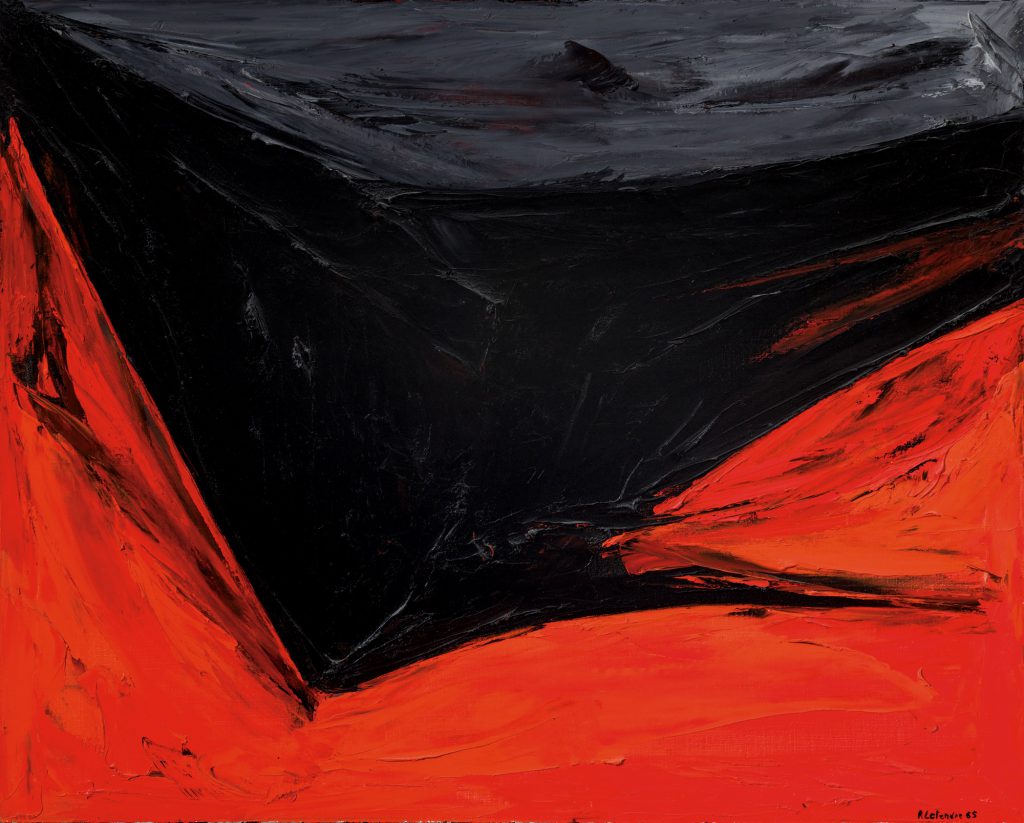

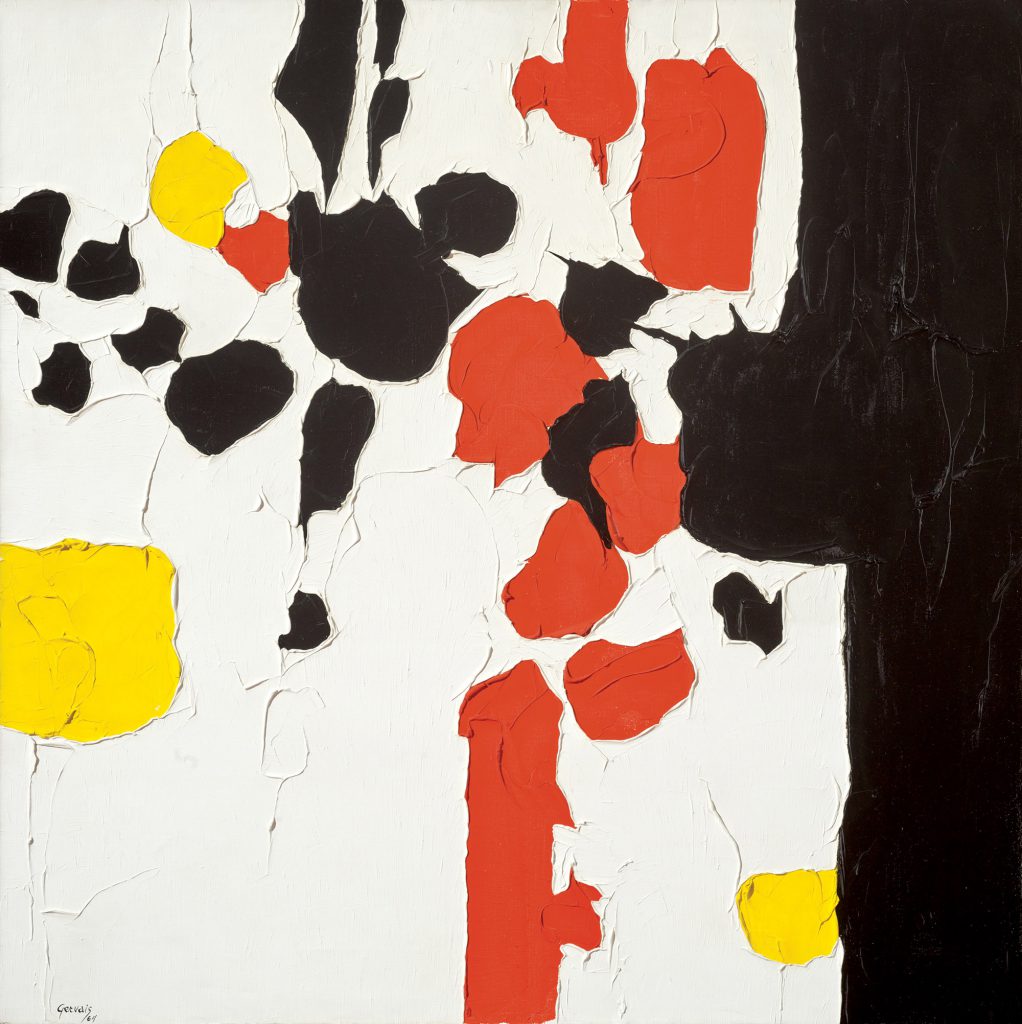
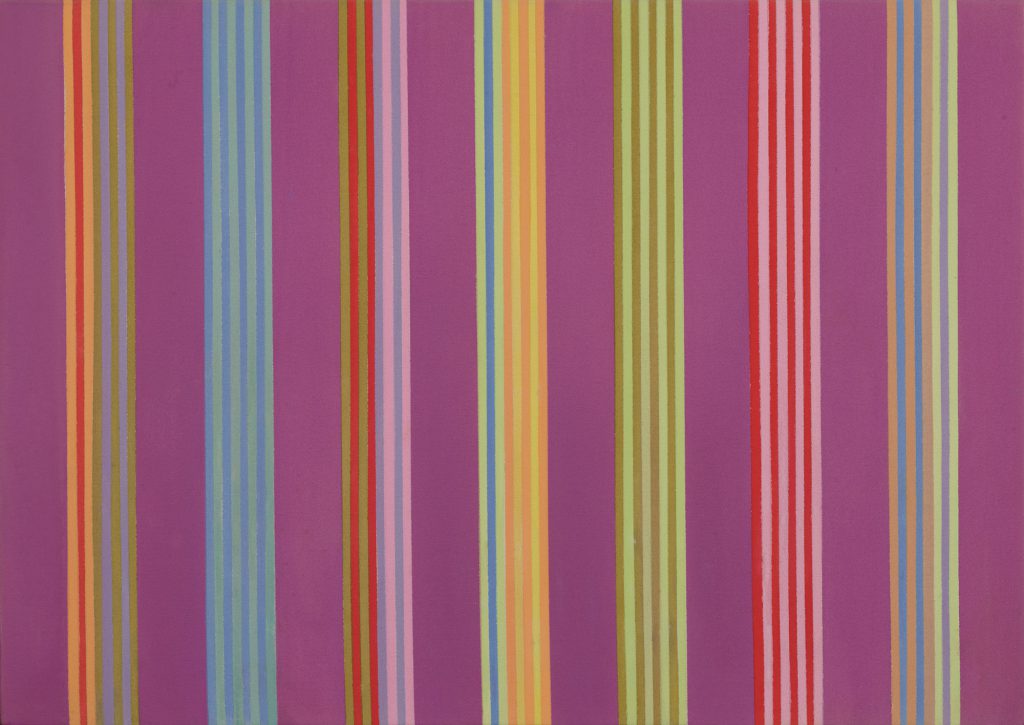

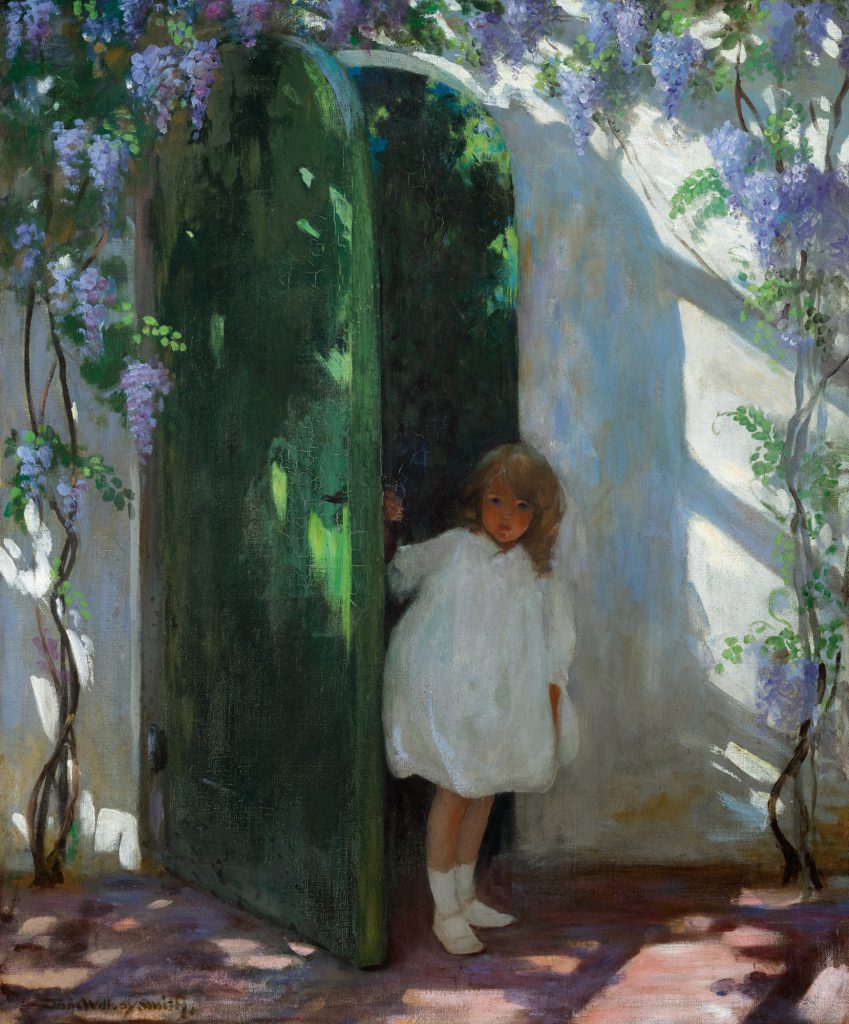

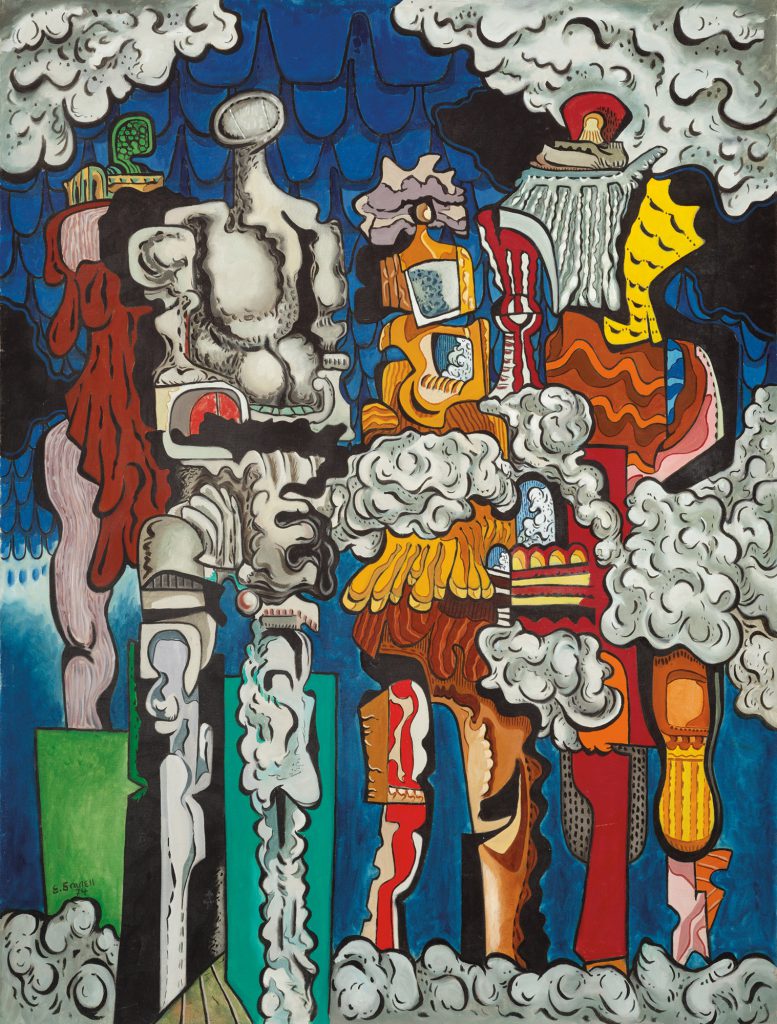
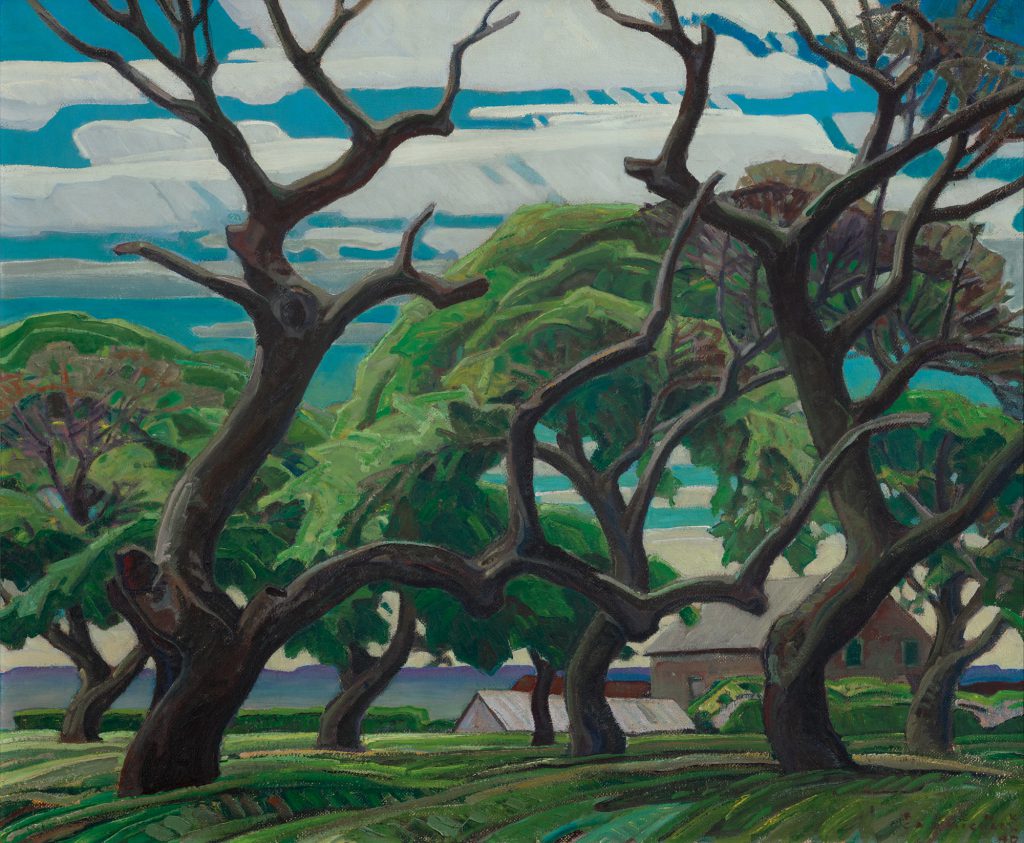
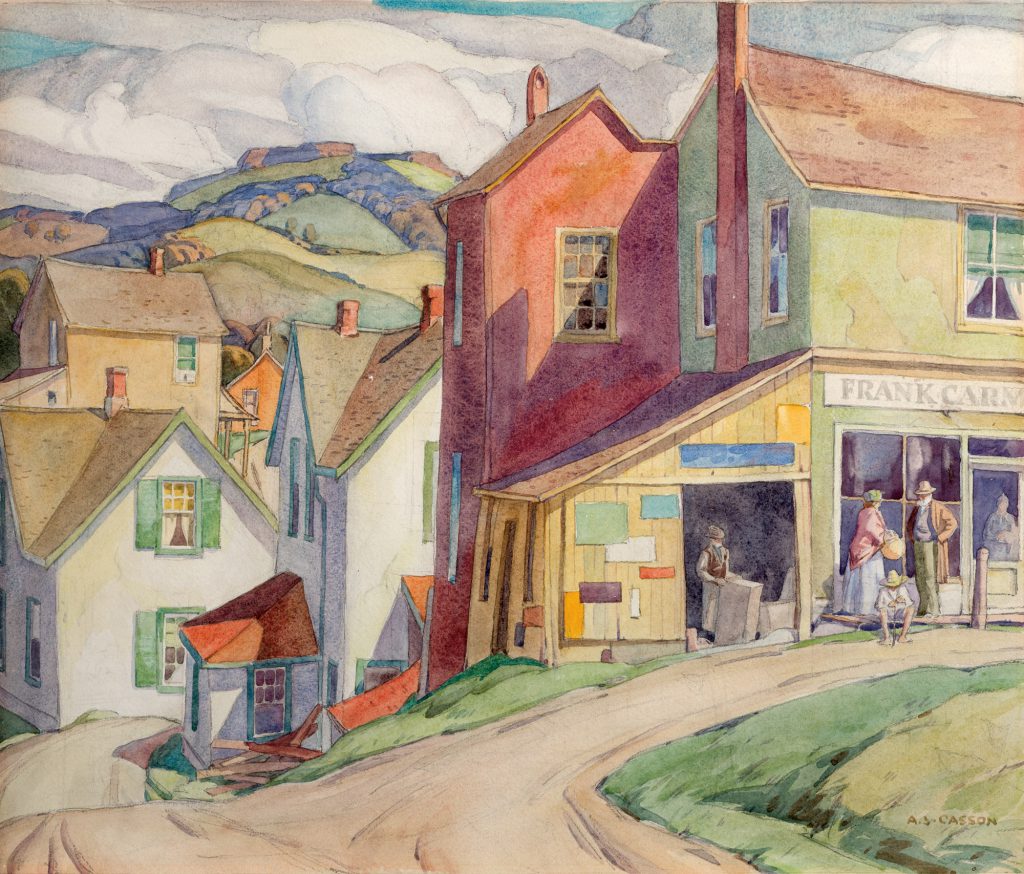


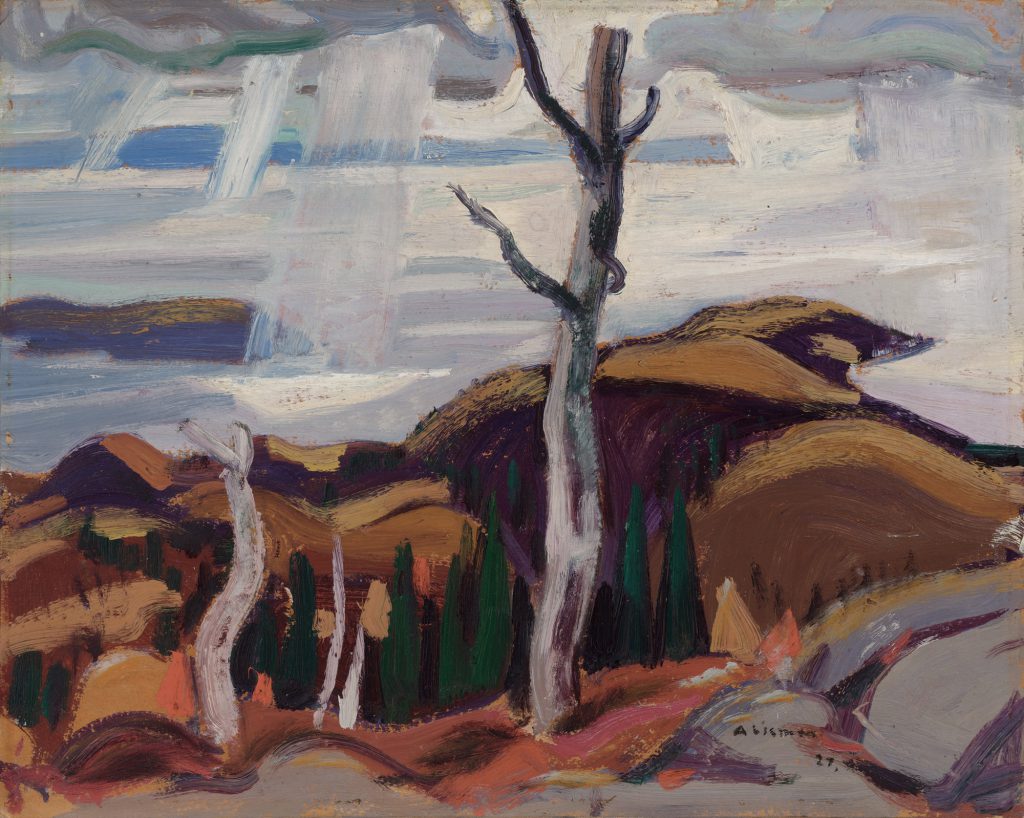
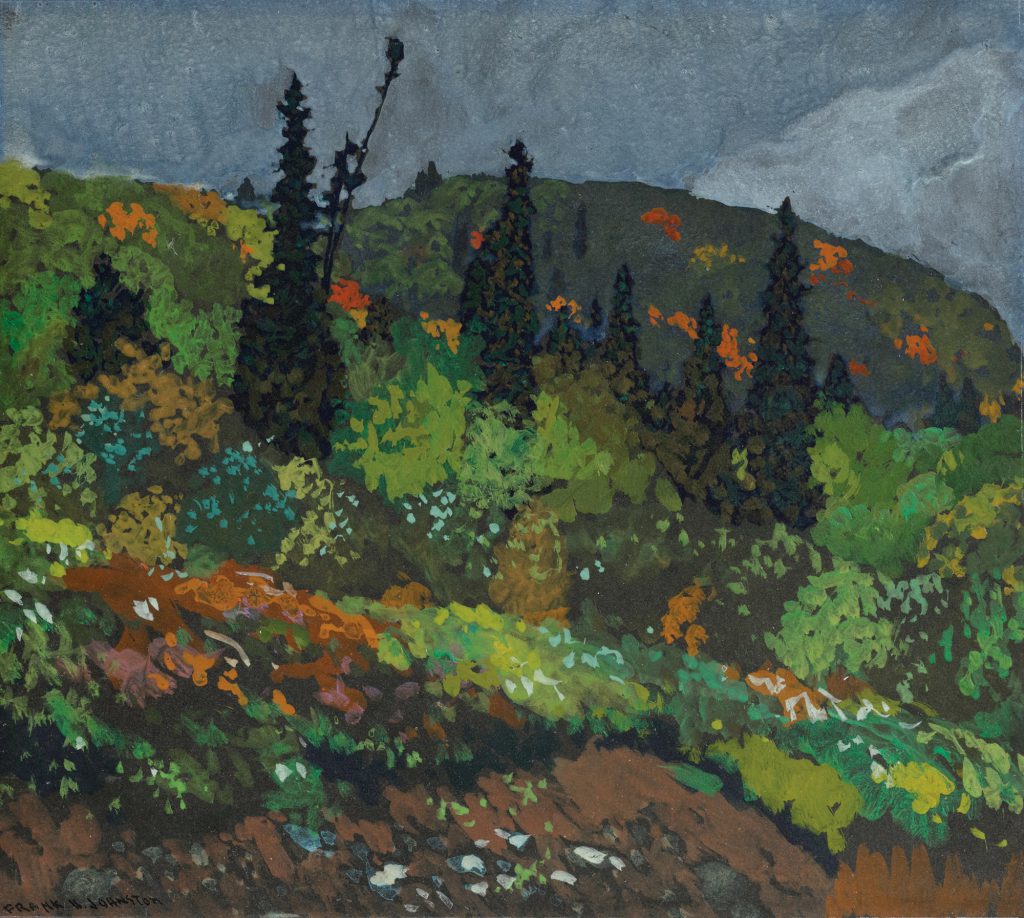

.png?upscale=true&width=1000&upscale=true&name=SELECT%20MASTERWORKS%20OF%20CANADIAN%20%26%20INTERNATIONAL%20ART%20(1).png)

























